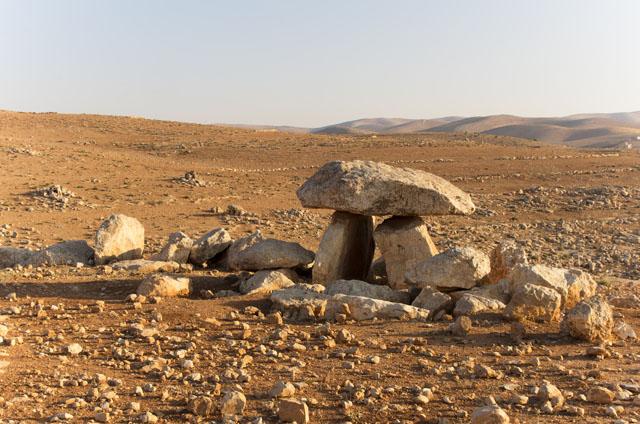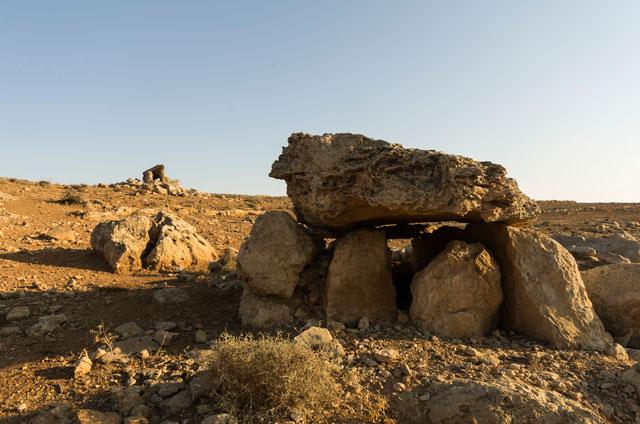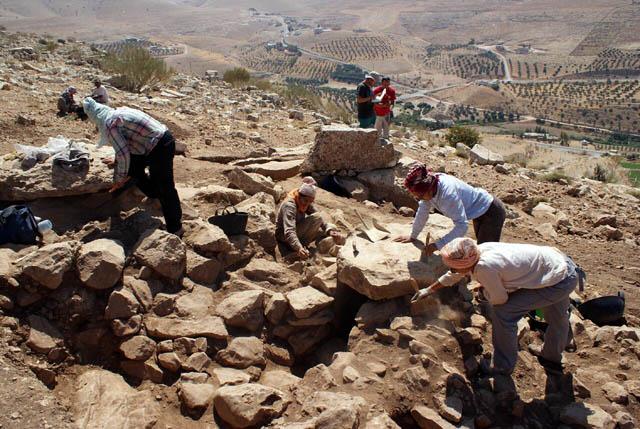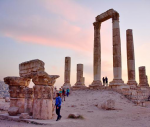You are here
Jabal Mutawwaq shows climate change effects thousands of years ago — archaeologists
By Khetam Malkawi - May 28,2014 - Last updated at May 28,2014

AMMAN — Climate change has had an impact on civilisations for thousands of years, as the Jabal Mutawwaq site that dates back to 3000 BC shows, according to archaeologists.
Excavations at Jabal Mutawwaq by a Spanish team of archaeologists led to the conclusion that residents of this historical site had to desert the place in search of a greener area after it was hit by climate change, turning into a desert.
Located at the extension of the Zarqa River Basin, the site is key to understanding the onset of the Bronze Age in Jordan and perhaps the region, said Juan Muñiz, who is currently leading the mission.
“The place was abandoned, not because of an earthquake, but because residents immigrated from the south to the north looking for animals and food,” Muñiz told The Jordan Times in an interview on the sidelines of a lecture hosted by Instituto Cervantes in Amman on Tuesday.
In the lecture, Muñiz and Zaidan Kafafi, a professor of archaeology at Yarmouk University, spoke about Jabal Mutawwaq.
What is interesting about the site is the “Temple of Snakes”, according to Muñiz and Kafafi.
The temple, decorated with snakes, is a symbol of the lifestyle that the residents of Jabal Mutawwaq led back then.
Kafafi explained that the snake was a symbol for the changing seasons because it changes its skin, as the residents of the area were peasants and depended on different seasons to farm their crops.
In addition, the site connects the centre of the country with the Jordan Valley, which was a passage for people to go to the east and west according to Kafafi.
“That was a transitional period from the village community to the city community. It is not about stones or architecture as much as it is about the way of life,” Muñiz noted, adding that this is explained by the data found at the site.
Extending over 18 hectares (72 dunums) of land, the excavations at the site started back in 2003 by a Spanish mission led by Juan Fernandez, who passed away in 2011.
The excavations are now being completed by Muñiz, who was Fernandez’ student and a member of the mission.
The archaeologists have also found pottery, pots and flint tools, in addition to many other objects at the site, according to Kafafi
“The objects are now under study,” he said.
Related Articles
AMMAN — Spanish archaeologists have a long history of working in Jordan, and they have contributed to several discoveries in main archaeolog
AMMAN — For archaeological expert Juan Ramón Muñiz, the Spanish Archaeological Mission in Jordan is a symbol of “the cultural friendship tha
AMMAN — High above the Zarqa River, the mountaintop ‘Temple of the Serpents’ gives clues to the development of human communities during the


















